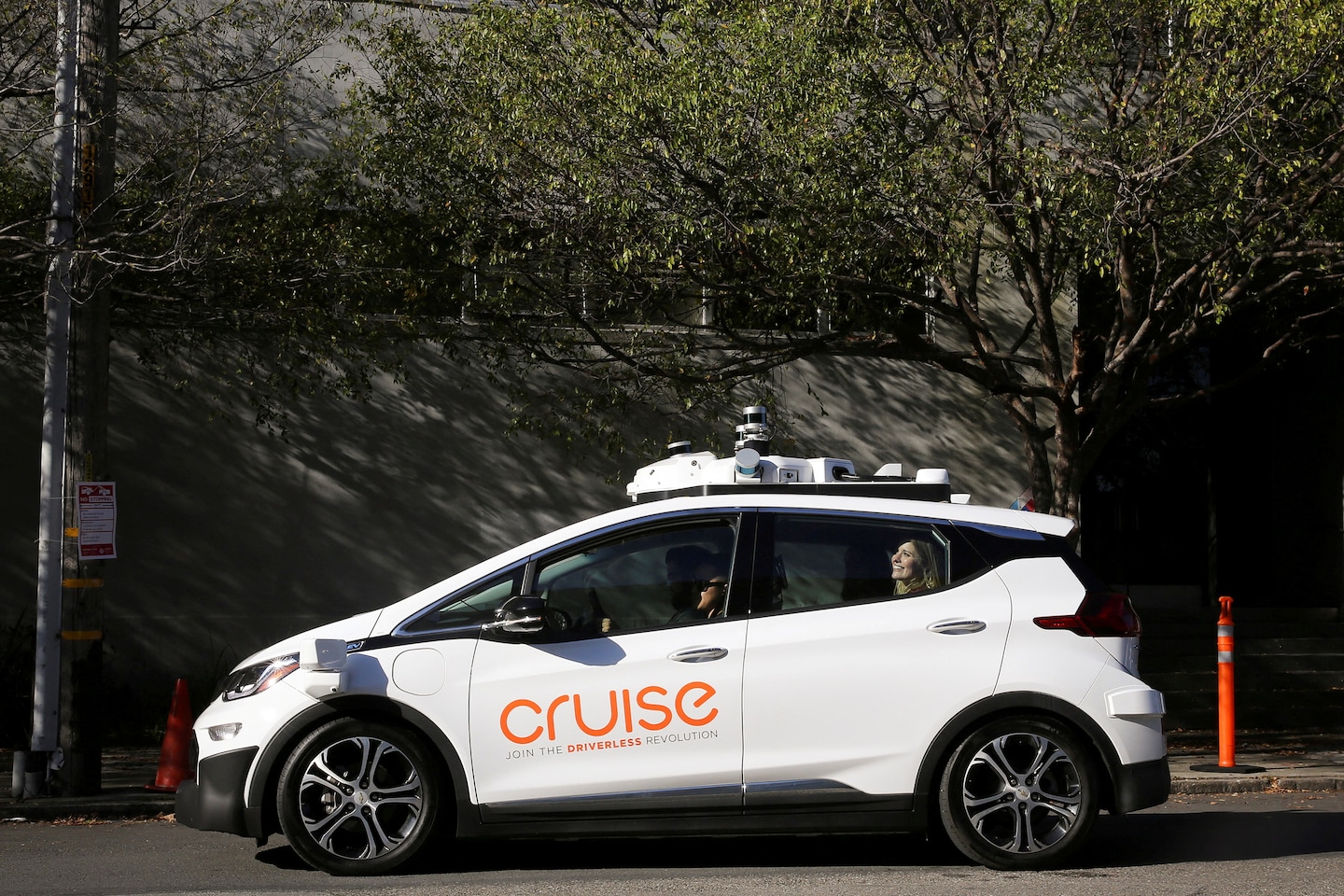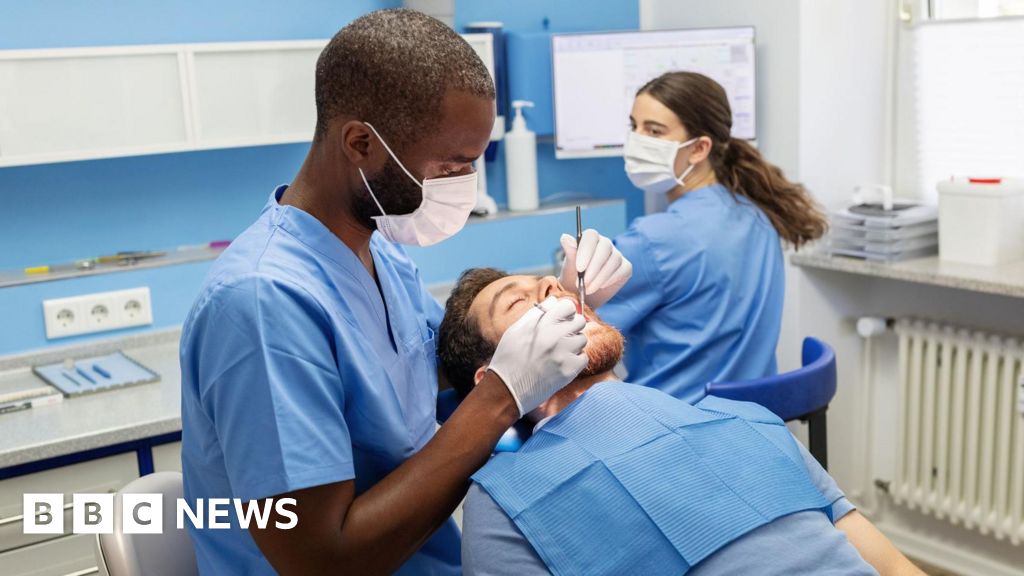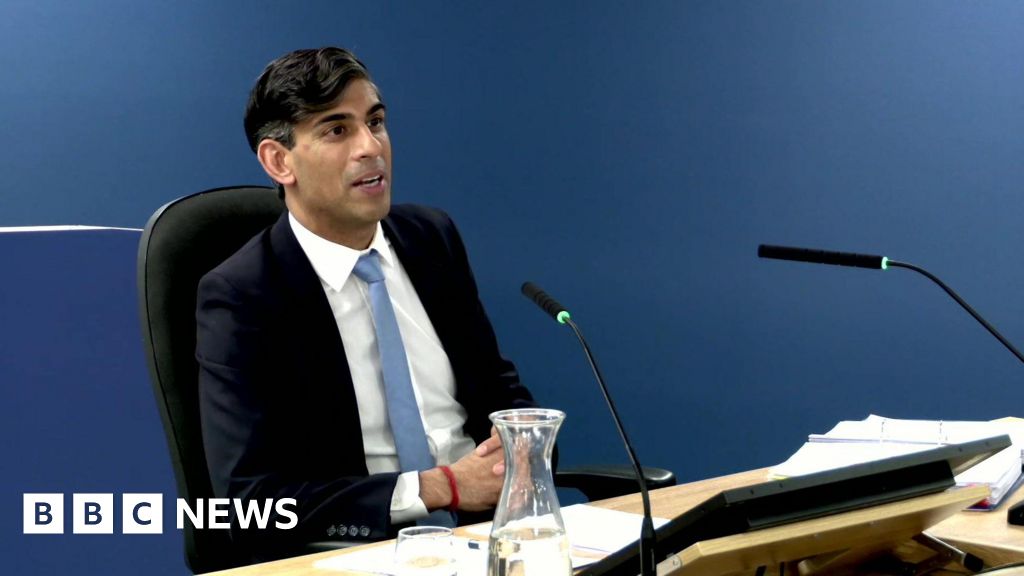
DOJ and SEC investigate self-driving car company Cruise
- Science
- January 26, 2024
- No Comment
- 130
Cruise, which has since halted its driverless testing program around the country, was criticized by state regulators for appearing to initially misrepresent the series of events around the crash. The company released a more than 100-page report from law firm Quinn Emanuel Urquhart & Sullivan regarding the Oct. 2 incident and Cruises’ subsequent interactions with the government officials.
In the report, Quinn Emanuel said that Cruise executives were aware when they briefed officials the next day on the accident that its vehicle had dragged the woman 20 feet, but they didn’t mention it. The report said Cruise’s response reflects “deficient leadership at the highest levels of the company that led to a lack of coordination, mistakes of judgment, misapprehension of regulatory requirements and expectations, and inconsistent disclosures and discussions of material facts at critical meetings with regulators and other government officials. “
Cruise said it “accepts” the findings and that it is “profoundly remorseful both for the injuries to the pedestrian, as well as for breaching the trust of our regulators, the media, and the public.”
“Cruise takes these findings seriously and is committed to increased transparency, enhanced safety, and collaborative engagement with our stakeholders,” the company said.
The DOJ and the SEC both declined to comment.
The federal probe is the latest development in a tumultuous couple of months for the General Motors subsidiary, which achieved a major milestone this summer when it received permits to offer 24/7 robotaxi service in San Francisco. That expansion — seen as a pivotal moment for the self-driving car industry — was short-lived, though, as California revoked the company’s permits immediately after the October collision.
The Quinn Emanuel report dissected the Oct. 2 crash in great detail, reconstructing the moments in which a jaywalking pedestrian stepped into a busy San Francisco intersection and was hit by a human-driven car and then flung into the path of the autonomous vehicle. In footage initially shared by Cruise with The Washington Post, other media outlets and the California Department of Motor Vehicles, the car appeared to stop as soon as it made contact with the pedestrian.
It was later revealed a few weeks later through a California DMV report that the car failed to detect the woman beneath it and continued dragging her for about 20 feet at about seven miles per hour, worsening her injuries.
According to the report, a human driver would likely “not have been able to avoid the collision under similar circumstances.” But, the report said, an “alert and attentive human driver would be aware that an impact of some sort had occurred and would not have continued driving without further investigating the situation.”
The Oct. 2 crash was only one incident in a long list of woes that San Francisco has experienced with the self-driving cars that have become ubiquitous on its streets. City officials have spent months trying to reduce the number of autonomous vehicles on its streets by highlighting a slew of issues caused by the vehicles, including cars suddenly stopping short in traffic and disrupting emergency scenes.
On Tuesday, The Post first reported that the city filed a lawsuit against a state commission that allowed Google and General Motors’ autonomous car companies to expand here this summer — despite a pattern of “serious problems” on the streets.
Eva Dou contributed to this report.
#DOJ #SEC #investigate #selfdriving #car #company #Cruise









